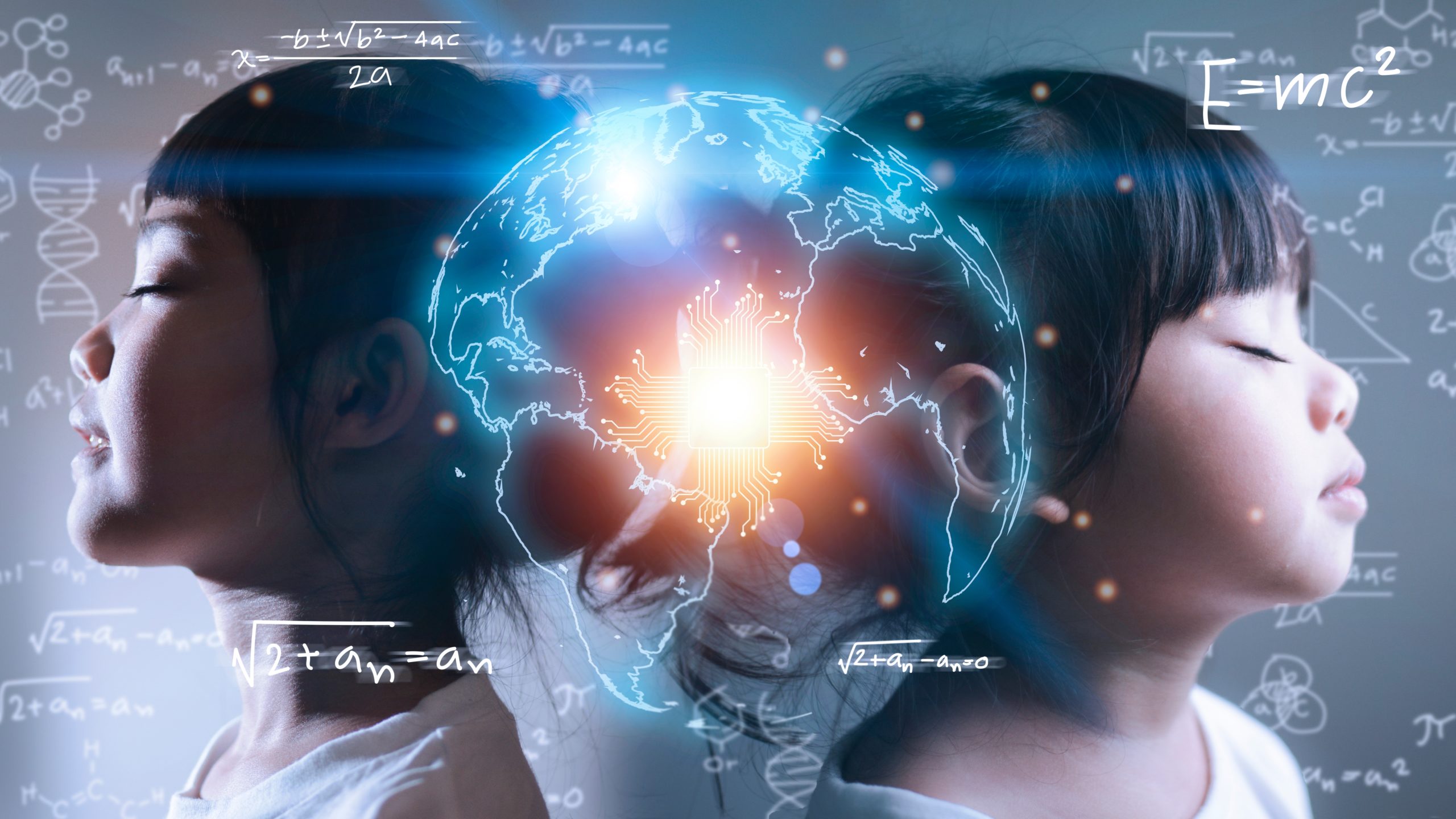The Power of Artificial Intelligence to Help Those in Need

August 23, 2022
Artificial Intelligence (AI) is transforming our world. AI can improve outcomes in nearly any field by analyzing massive amounts of data. Using mathematical algorithms, computers can mimic human decision-making. Much more, with the increased power of modern computers, it can do so at speed and scale unimaginable just a few years ago.
For those casually following the field of AI, it may seem that it is making the most significant difference for those that already have access to the money and expertise to put the technology to work. Large, well-financed businesses seem to be the early beneficiaries of this revolutionary tech. But what about the rest of the world?
It turns out that AI also has the capacity to improve the lives of those who do not currently have the status or income to access these modern tools and resources. In fact, AI can help those most in need, those often left behind in the life improvements technology can bring.
For example, AI is already being used to make better decisions about helping those struggling with economic uncertainty, lack of access to education, or food scarcity. Still, more than offering insight to governments and aid agencies, AI has the potential to help struggling populations lift themselves up. This is because it can provide education, knowledge, and improved decision-making tools.
AI in Education
Improved access to education is key to helping people increase the standard of living for themselves and their communities. Unfortunately, in remote and rural areas and countries and communities without financial resources, it is challenging to offer quality educational experiences. However, remote locations where internet access has been established can already benefit from remote instructors. AI takes this to another level as intelligent chatbots can stand in for teachers when necessary and deliver customized instruction in the native language of the students.
AI has another role in improving educational outcomes. It is well known that different students learn in different ways and at different speeds. In underserved areas, it is impossible to provide such individual attention. Some areas may not even have the resources to test students to understand their unique needs. AI can use real-time data and machine learning to understand the needs of individual students and provide customized learning content.
AI for Improved Farming Outcomes
Many areas of the world rely on agriculture to feed the population and fuel the economy. AI technology can analyze weather, soil, water, and previous crop yields to help farmers make the best possible decisions about what to plant, when to plant, what nutrients to add to the soil, and how to best use often scarce water supplies. These tools can also help guide decisions regarding breeding, rearing, and feeding animals that often provide food and clothing.
How Else Will AI Help Those in Need?
For-profit businesses will continue developing and leveraging AI to increase revenue and profit. Fortunately, the new developments will spill over to help those who struggle with basic necessities. By increasing access to education and providing intelligent decision-making tools, AI will be a significant factor in lifting people and communities out of poverty and giving them access to many of the same outcomes as others in wealthier and more urban areas.
Leave a Reply Cancel reply
Navigate:
home
Services:
ABOUT
thoughts
Headquartered in the Washington, DC area
@sheblendsfirm
contact
She Blends Strategy Firm, LLC, offers services to the private sector, focusing on education, tech companies, and nonprofit organizations. Our strategic planning efficiently and effectively bring organizations closer to their mission.
Education
Nonprofit
TRAINING
planning
© 2022 she blends strategy firm | terms and conditions | site credits